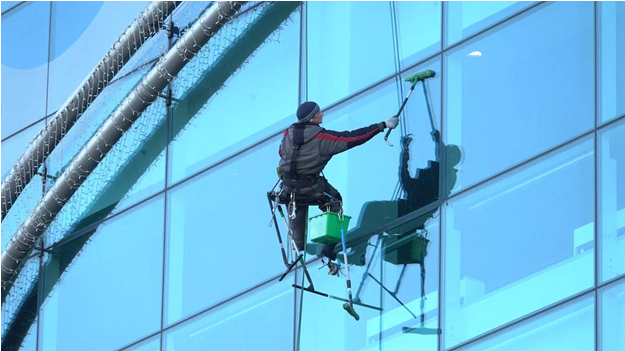What Are Davit Arms? The World of Anchor Systems
In the realm of operating at lofty heights, prioritizing safety is a steadfast rule. An integral part of anchorage systems, davit arms, plays a critical role in safeguarding individuals in such precarious settings. But what exactly are these davit arms? How do they operate within anchor systems to ensure safety?
Davit Arms: A Journey Through the Basics
Think of davit arms as the sturdy pillars designed to anchor your safety. They’re lightweight, versatile, and can be strategically positioned in a range of workplaces, especially those that involve elevated workspaces, confined areas, or suspension systems. Crafted from robust materials like aluminum or steel, davit arm anchor system solutions are built to shoulder substantial loads while preserving their mobility.
Pervasive in diverse industries such as construction, oil and gas, telecom, and more, these arms instill confidence in workers to execute tasks at heights, entrusting their safety to an uncompromising fall protection system. The modular design of davit arms not only enhances their portability but also simplifies their setup, thereby broadening their utility on worksites.
Exploring Davit Arms’ Functionality in Anchor Systems
Within an anchorage system, davit arms emerge as both steady and adaptable anchor points. Their flexibility ensures they can pivot, rotate or stretch to conform to diverse work positions. These arms are not just anchors; they are the lifesavers in many situations:
Fall Protection: Davit arms often anchor fall arrest harnesses, playing a significant role in safeguarding workers from fall accidents.
Rescue Operations: They aid in secure evacuation from elevated areas or confined spaces, as their adjustability proves beneficial during emergencies.
Suspended Work Platforms: Anchoring ropes or cables for work platforms, davit arms are irreplaceable in tasks like window washing or crucial infrastructure repairs.
Their duality in providing stability and mobility render davit arms essential in ensuring efficiency and safety simultaneously.
Understanding Different Davit Arms and Their Uses
Davit arms are not a ‘one-size-fits-all’ solution. They come in varied designs, each tailored for specific applications:
Fixed Davit Arms: These are perfect for tasks demanding a permanent anchor system, like in water treatment plants or high-rise maintenance stations.
Portable Davit Arms: These arm types cater to temporary or mobile needs, most common in construction sites.
Adjustable Davit Arms: Ideal for environments needing varied reach and diverse access points, e.g., confined spaces or tank maintenance.
Each type is meticulously engineered to fulfill the unique demands of its target work environment, thus offering flexibility without compromising safety.
Keeping Safety in Check: Regulations and Best Practices
While davit arms are indispensable safety tools, their appropriate use is paramount to prevent incidents. Adhering to safety regulations and best practices will ensure their effectiveness:
Compliance with OSHA Standards: Your davit arm systems must always align with OSHA and other local safety regulations.
Routine Inspections: Regularly inspect davit arms for signs of wear, corrosion, or mechanical failure.
Comprehensive Training: Ensure all workers are trained in proper installation and use, as any misuse can compromise their effectiveness and endanger lives.
Use of PPE: Combine davit arm systems with personal protective equipment (PPE) like safety harnesses, lanyards, and helmets for maximum safety.
Accountability in these practices will ensure your davit arm systems work as designed to safeguard your workforce.






